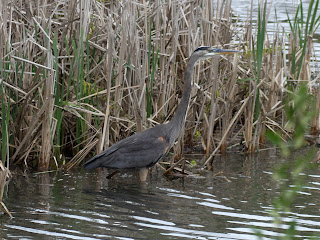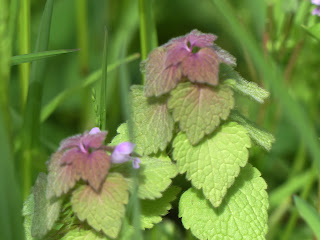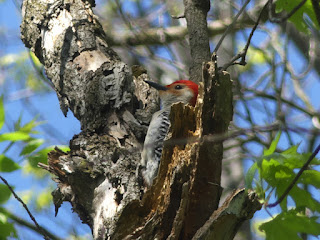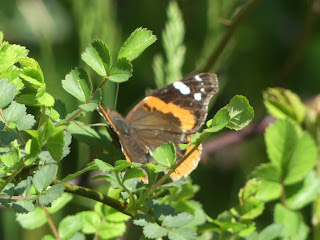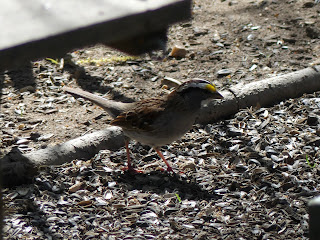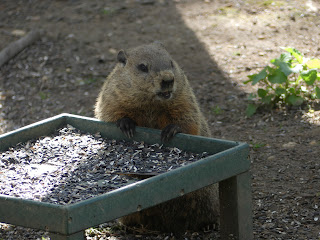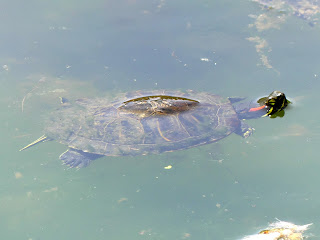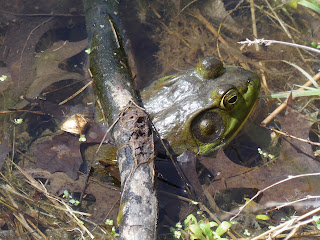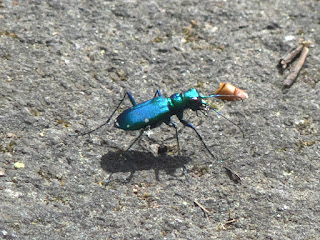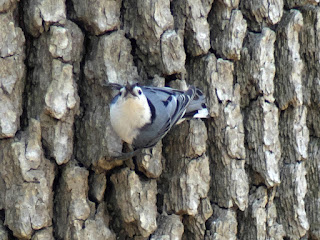Anemone Encounter

Anemone encounters may sound like an enemy encounter, but they're far less confrontational. This joke was done better in a sea anemone cartoon , though sea anemones are not very closely related to the anemones I've seen walking in the woods. The anemones I see are small flowering plants in the buttercup family while sea anemones are invertebrate animals that sort of resemble plants [1]. Both these plants are native to New Jersey and are spring ephemerals . Both these plants spread when underground rhizomes spread out and sprout what appears to be a new plant near the "original" one; just because you see separate stems coming from the ground, it doesn't mean they're necessarily separate plants. Both these plants can also spread with the help of ants ( myrmecochory ), who feed on elaiosomes attached to their seeds then discard the rest, usually a little way away from the parent plant. While both these plants produce pollen that many bees and flower flies fe...
